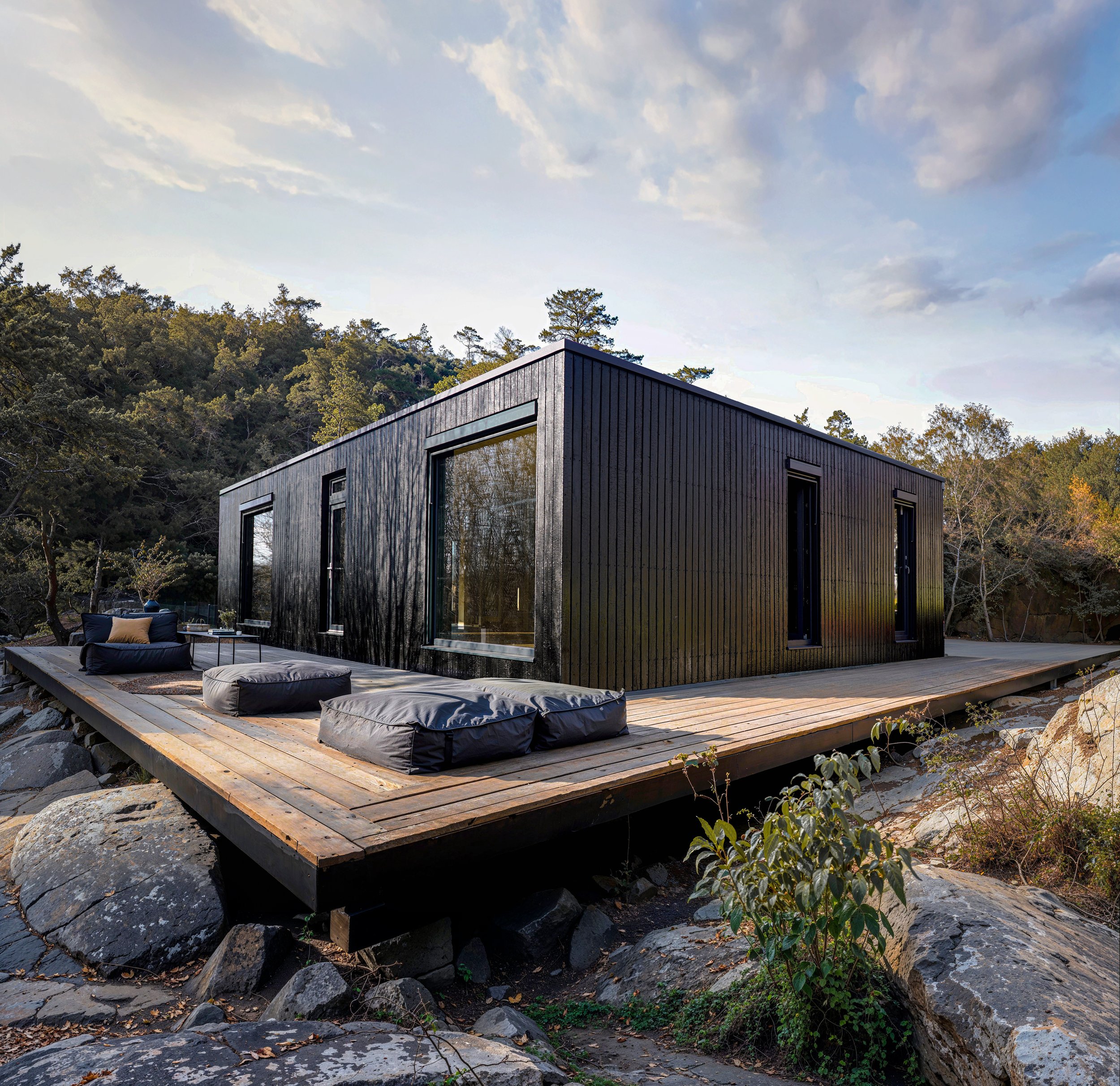
Wood Is The Future
Cement has reigned as the default building material for decades—and it’s killing the construction industry from the inside. It is time to choose
It’s wasteful, it’s destructive, and it dumps massive amounts of CO₂ into the atmosphere. If cement were a country, it’d be the third-largest emitter on the planet. Let’s call it what it is: a cancer on modern construction.
Cement Is Dead
A Destructive Legacy
Cement has reigned as the default building material for decades—and it’s killing both you and the construction industry from the inside.
It’s wasteful, it’s destructive, and it dumps massive amounts of CO₂ into the atmosphere. If cement were a country, it’d be the third-largest emitter on the planet.
Studies show cement releases harmful indoor chemicals, posing a huge threat to your families home. The WHO estimates 4.2 million premature deaths per year due to ambient air pollution. It’s time to do better.
Breaking Bricks
The Hidden Weakness
A standard brick wall typically has an R-value of only about 0.2–0.4 per inch, compared to an R-value of around 1.25 per inch for wood-framed walls. This increases complexity for those looking for zero-compromises.
Beyond this, the production of bricks involves firing clay in kilns at temperatures around 1,000°C, an energy-intensive process that releases between 200 to 300 kg of CO₂ per tonne of bricks produced.
Wood Is Better
Imagine a building material that not only meets your structural needs but also actively improves your environment. Timber-frame construction offers that promise.
Nature Advantage
A Material That Works With Nature
By choosing wood, you’re selecting an organic, premium material that sequesters carbon and actively combats climate change.
Building with wood isn’t just good for the planet—it’s a direct investment in you and your family’s health.
Healthy Living
Health, Backed by Data
Studies have shown that natural wood surfaces can reduce volatile organic compound (VOC) emissions by up to 30% compared to synthetic alternatives, leading to significantly cleaner indoor air.
VOCs for the record are found in many conventional building materials including cement—and are notorious for causing long-term health issues, including cancer and respiratory diseases
Research has also found that wood helps regulate humidity, maintaining levels within the optimal range. This consistent moisture regulation can reduce the risk of mold growth by up to 20%, providing a safer and more comfortable living environment.
Your Future
Every decision you make in construction shapes the world you leave behind. By choosing wood, you’re not only building a house—you’re building a healthier, more sustainable future.






